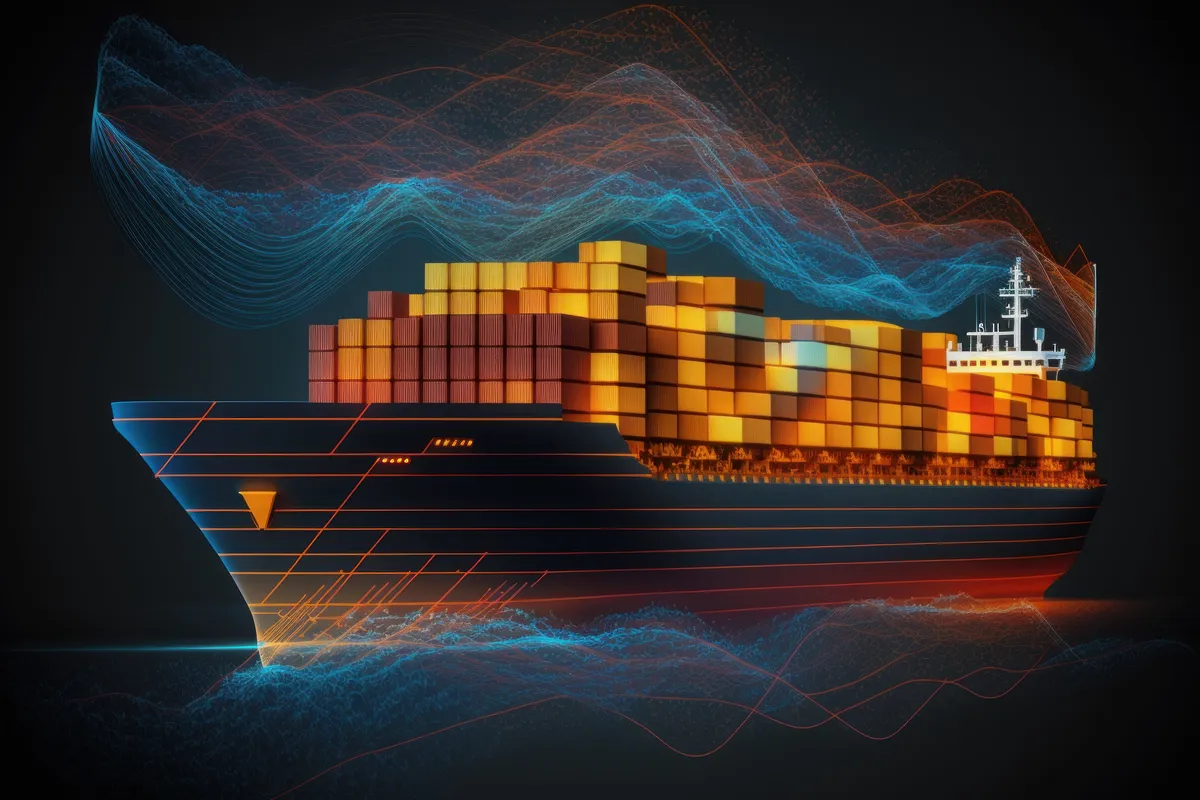The UK Maritime and Coastguard Agency published MGN 592 (M+F) Amendment 2 offering detailed guidance on the proper installation, inspection, maintenance, and safe operation of anchoring, mooring, towing, and hauling equipment on vessels. It is designed to reduce the risk of accidents by emphasizing best practices for seafarers, shipowners, and operators.
1. Introduction
- All personnel involved in anchoring, mooring, and towing operations must be thoroughly trained on the specific equipment used on the vessel.
- These operations place significant loads on ropes, warps, and equipment, so it is critical to consider the safety of the overall system, not just individual parts.
- Equipment such as windlasses, winches, bollards, and fairleads must be securely constructed and correctly attached to the vessel’s structure. Accidents, such as snagging a mooring line, can lead to sudden releases of tension, causing danger to crew members.
2. Design and Installation of Mooring Equipment
- Winches and windlasses should be designed to avoid undue strain, stalling before reaching dangerous load limits, and "walking back" at design load levels to prevent failures.
- The layout of equipment must avoid creating dangerous conditions, such as positioning crew in the bight (loop) of a rope.
- Anchoring and mooring equipment should be designed to handle specific environmental loads, such as maximum wind speeds and currents, based on the vessel’s classification.
- Pedestal roller fairleads, bollards, and mooring bitts must be robustly designed, properly positioned to minimize complex mooring line configurations, and securely attached to a strong part of the ship’s structure.
3. Repair and Maintenance
- Owners, operators, and shipmasters should ensure all mooring, towing, and hauling equipment is subject to a regular maintenance schedule.
- Frequent inspection of ropes, wires, and splices is essential to detect wear, tear, and potential defects before they become major issues.
- Repairs, particularly those involving deck areas or equipment bases (like bollards), must be conducted with expert supervision, especially for ships under safety classification. If necessary, external experts should be consulted to ensure proper repair methods are followed.
4. Safe Use of Equipment
- Before starting anchoring, mooring, or towing operations, a risk assessment must be conducted, especially when using non-standard or unusual mooring configurations.
- The use of fairleads and bollards should be pre-planned to avoid sharp angles, and different lines (ropes, wires) should not be routed through the same lead.
- Personnel involved in the operations should stand in protected positions away from tensioned equipment. Good communication is critical, and the person in charge must maintain oversight without getting directly involved in physical operations.
- Equipment like winches should only be operated by trained personnel to prevent accidental overloading. Ropes and wires should be laid out in advance to ensure sufficient slack, and moorings should be regularly checked for excessive strain.
- Weighted heaving lines must not include dangerous materials like bolts or shackles; instead, safe alternatives, such as pouches filled with small stones, should be used.
5. Specific Risks: Bights of Rope and Snap-back
- One of the biggest dangers during mooring and towing is the risk posed by bights of rope (loops that can close suddenly) and snap-back zones, where tensioned ropes or wires can recoil violently if they fail.
- Personnel should never stand in a bight of rope or wire, and everyone on deck must be aware of snap-back zones, which may shift depending on how the lines are arranged. Clear signage should mark these zones, and crew members should remain vigilant.
- During these operations, the crew must be strategically placed to ensure safety, and a clear line of sight between the person in charge and the team is essential. Immediate action should be taken to reduce loads if any equipment shows signs of excessive strain.
6. Health and Safety Guidance
- The document points to several additional health and safety references for further reading:
- The Oil Companies International Marine Forum (OCIMF) publication "Mooring Equipment Guidelines."
- The Code of Safe Working Practices for Merchant Seafarers (COSWP) for specific safety instructions.
- Safety guidance for fishermen from the Fishermen’s Safety Guide and the IMO Code of Safety for Fishermen and Fishing Vessels.
- Specific guidance on mooring from Port Skills and Safety SIP005 and recommendations on anchoring and towing from the International Association of Classification Societies (IACS).
Amendment 2
- Amendment 2 of this document mainly updates references, ensuring that the guidance reflects the latest standards and safety recommendations.
All regulations can be found at legislation.gov.uk
LINK TO THE DOCUMENT

Sign up for our newsletter
It's free. No spam. Cancel anytime.









Related News
USCG issues safety alert on hazardous zone marking and awareness
Jan 21, 2025
USCG issues alert on improving vessel maneuvering systems to prevent accidents
Jan 20, 2025
Isle of Man: Key changes to marine casualty reporting
Jan 17, 2025